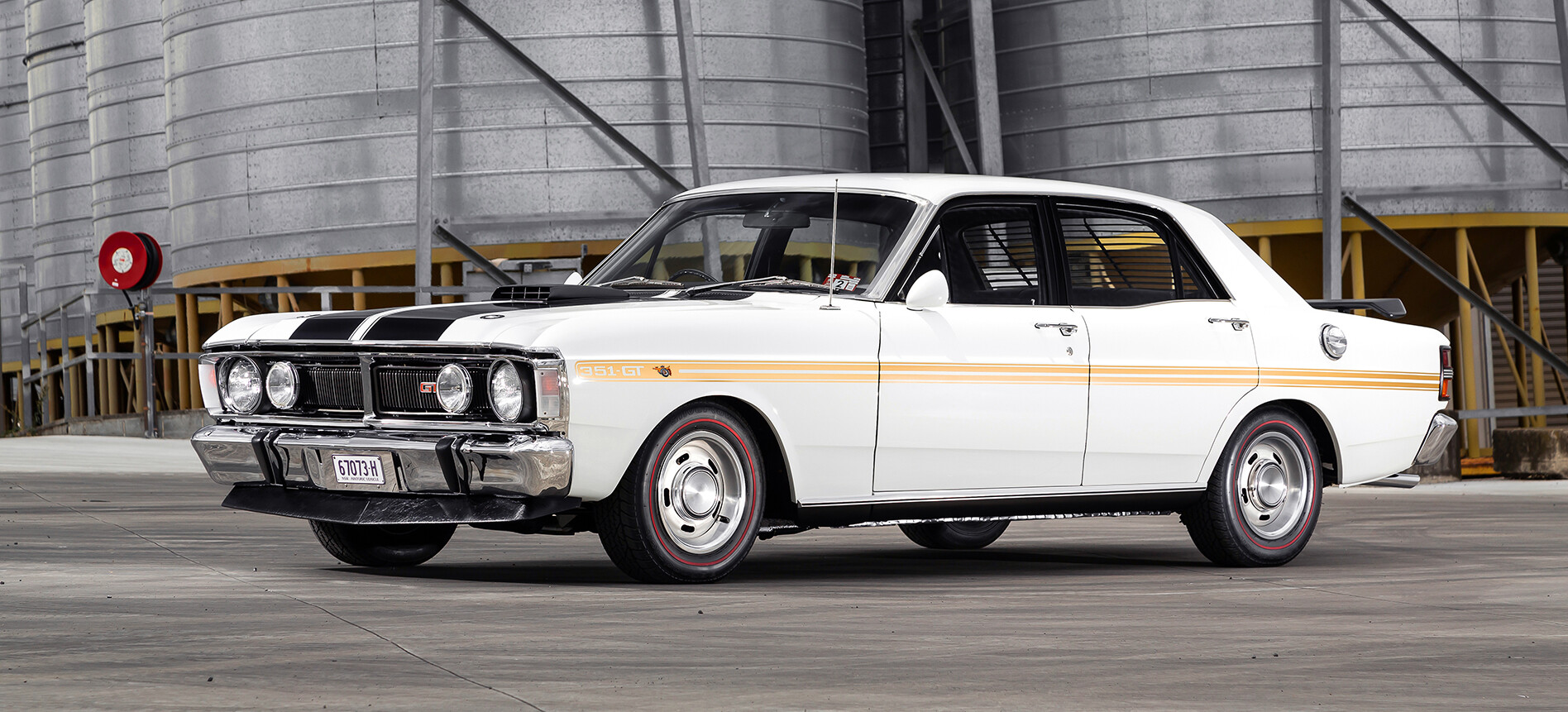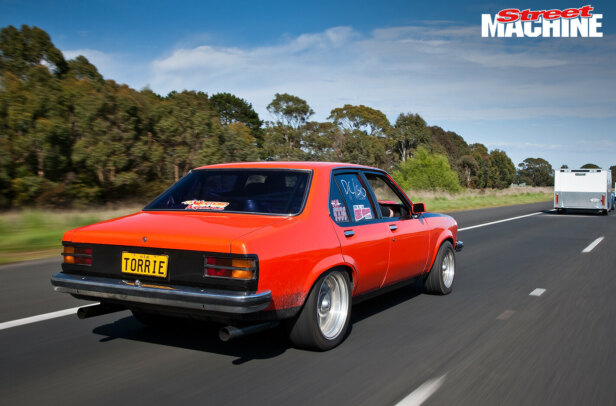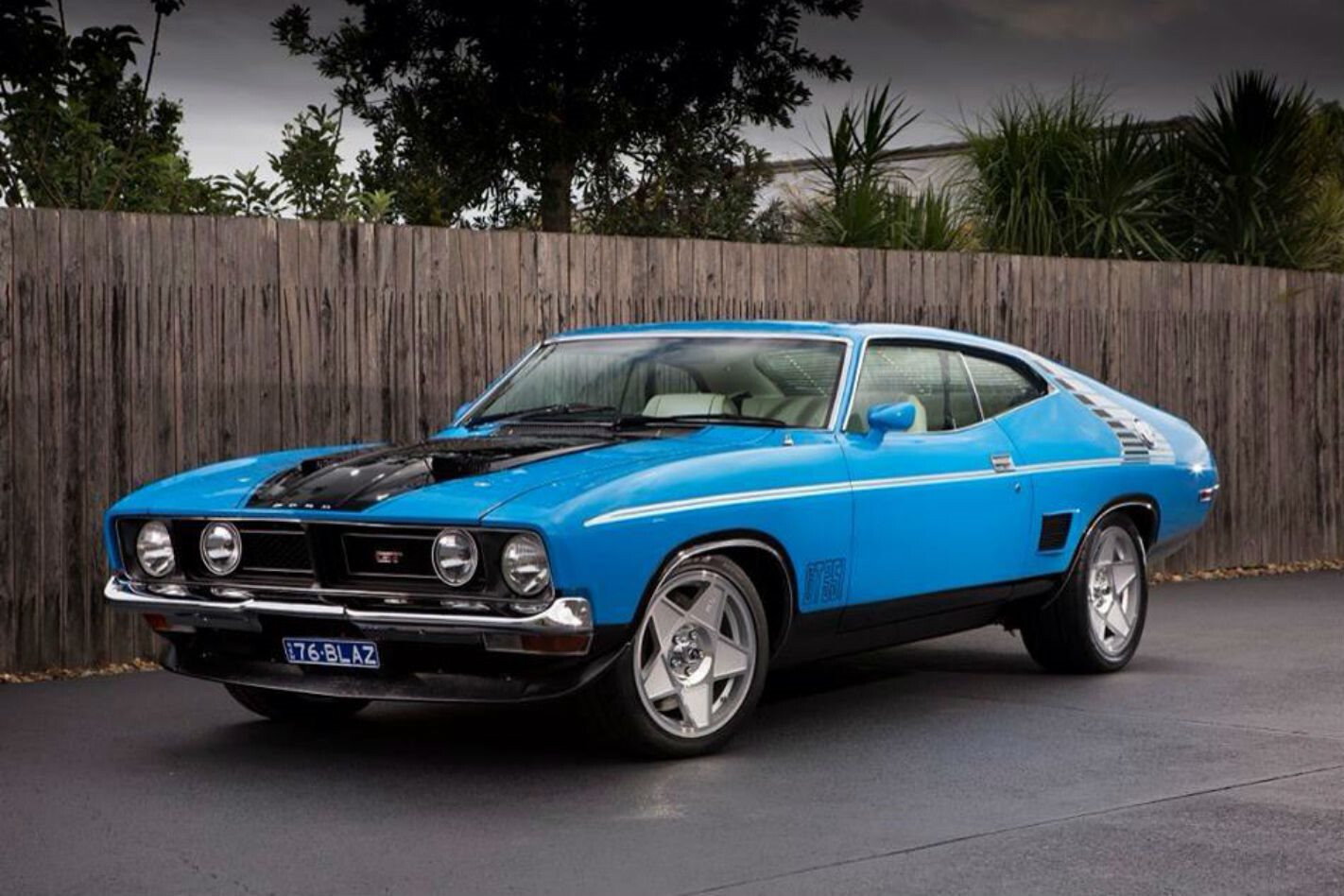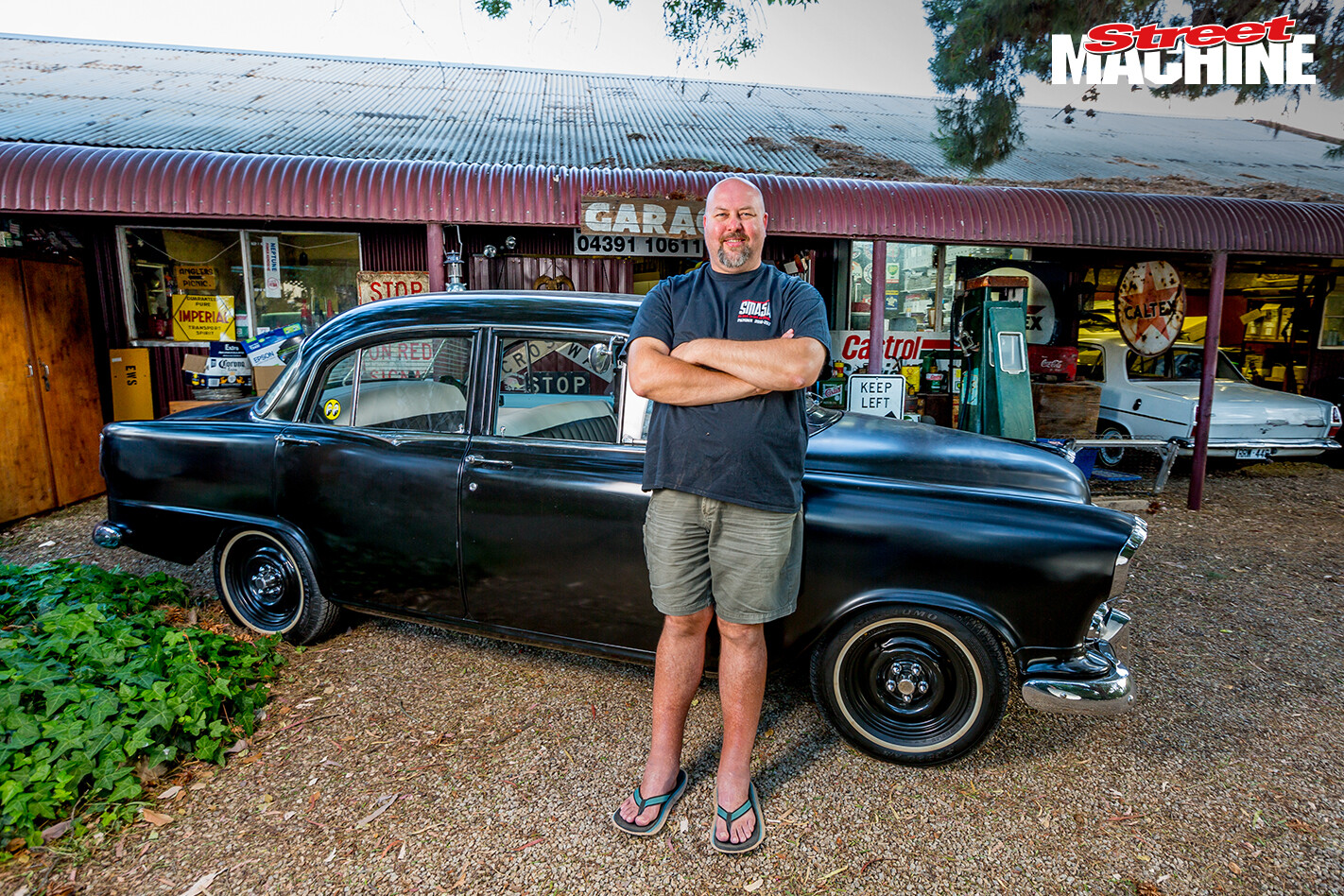IT HAS been five years since NSW Roads & Maritime Services introduced a new form of conditional registration tailored to modified classic cars. While it doesn’t suit everyone, it is a great thing for our sport, allowing street machiners to register their cars for 60 days a year at a hefty discount.
Previously, drivers of stock-standard historic vehicles were catered for, as were street rodders. Street machiners, however, were stuck in no man’s land. Now, we can save around $1000 a year on our rego if we choose – winning!
Nevertheless, the scheme is still the subject of significant confusion, so let’s put some of that to bed right now.
For starters, some folks have trouble getting their heads around the difference between the Historic Vehicle Scheme (HVS) and the Classic Vehicle Scheme (CVS).
The HVS is essentially for stock-standard vehicles aged 30 years or older. The only modifications allowed are for safety, as well as period accessories and hot-up gear. The HVS runs under either a 60-day logbook scheme or a more traditional club rego set-up that only allows use of the car for club events or repairs.
The CVS also has the 30-year rule, but it allows whatever modifications you like – as long as they are engineered. Stock vehicles are welcome, however. Replicas and Individually Constructed Vehicles are also acceptable. The CVS runs only on the 60-day-per-year deal.
Think of conditional rego a bit like a permit scheme, which means if you aren’t complying with the RMS conditions of use, then you’re driving unregistered and uninsured, so it is best to keep the logbook filled out correctly and in the glovebox at all times.
One disadvantage of both the HVS and CVS is that you’ll have to give up your existing number plates, which many owners consider integral to their car’s identity. Instead, you’ll have to run the green and white conditional plates in the case of the CVS and purple and white for the HVS.
Classic Vehicle Scheme regos were originally issued with a D prefix, but have moved to E-prefix as D-plates ran out, leading to some confusion in the enthusiast ranks as to whether there was a new rego scheme or not. Historic-scheme H-plates have also been updated to J-prefix plates for the same reason. The rumour mill was also fed by some customers being given incorrect plates for CVS cars – including U-plates, intended for bikes.
The number plate situation is unlikely to change any time soon, but if that doesn’t worry you, there are big savings to be had. Particularly if you have multiple cars!
Props to everyone who fought to make this scheme happen, including the Australian National Street Machine Association and the umbrella Australian Confederation of Motor Clubs. As we head into a future where classic internal-combustion cars may come under fresh regulatory attack, it would benefit us all to join an organisation like this – we may need the strength in numbers. Food for thought!




Comments